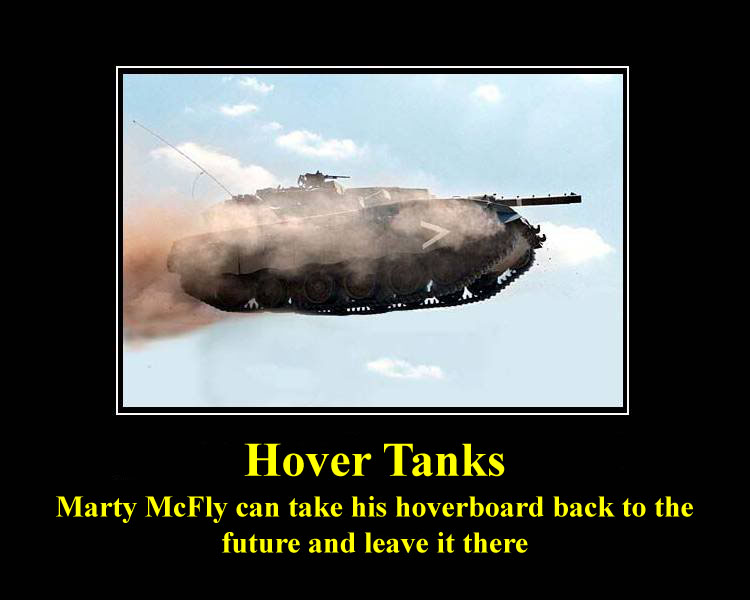Colin Parkinson
Army.ca Myth
- Reaction score
- 9,165
- Points
- 1,160
The deployment of mobile land based lasers and airborne versions may spell the end of tanks as the dominant weapon system for major armies. They will still hang around for the countries that do not have Lasers or unlikely to encounter them. I suspect that unless a major technical breakthrough happens, anti-armour lasers will be only found in the top 3-5 armies and even then in limited quantities. The power requirements to burn through thick armour at a distance is pretty significant, not to mention doing it quickly enough and being able to do any damage once you get through.
I do see lasers continue to develop into effective AD weapons for UAV, ground attack aircraft and incoming projectiles. The problem for any AD weapon is the radar signature issue.Thankfully aircraft and UAV airframes are light enough to suffer damage from lasers and even if the aircraft is not brought down, it may suffer enough damage to cripple it and force a return to base.
I do see lasers continue to develop into effective AD weapons for UAV, ground attack aircraft and incoming projectiles. The problem for any AD weapon is the radar signature issue.Thankfully aircraft and UAV airframes are light enough to suffer damage from lasers and even if the aircraft is not brought down, it may suffer enough damage to cripple it and force a return to base.



